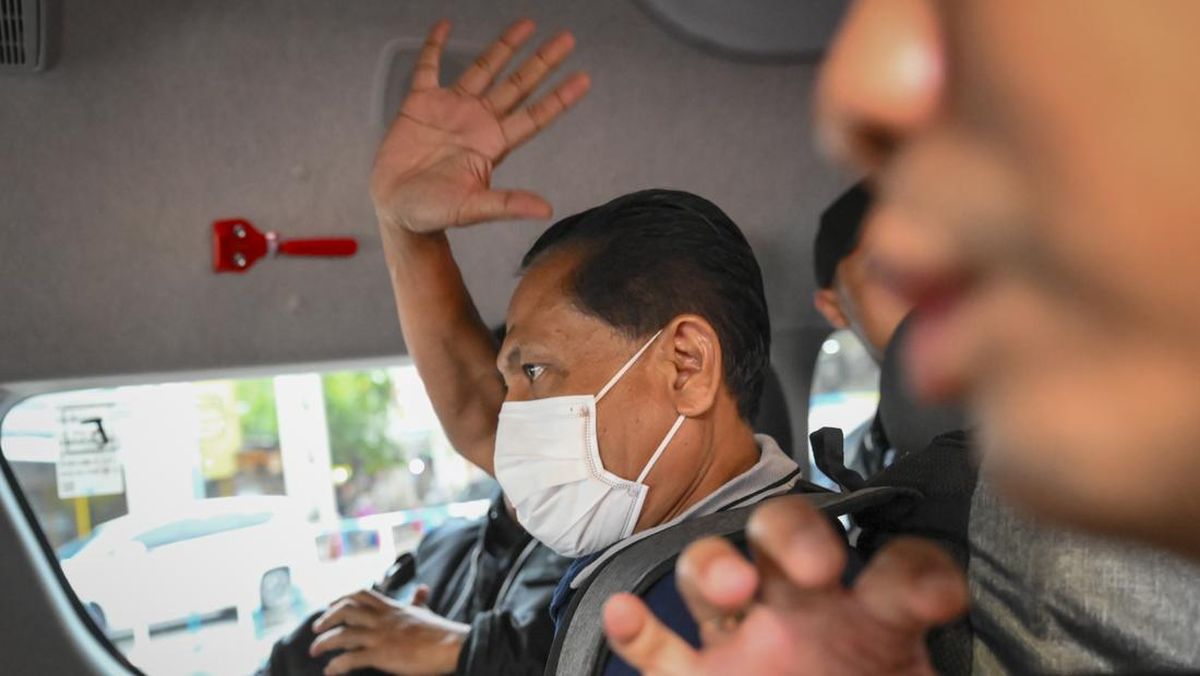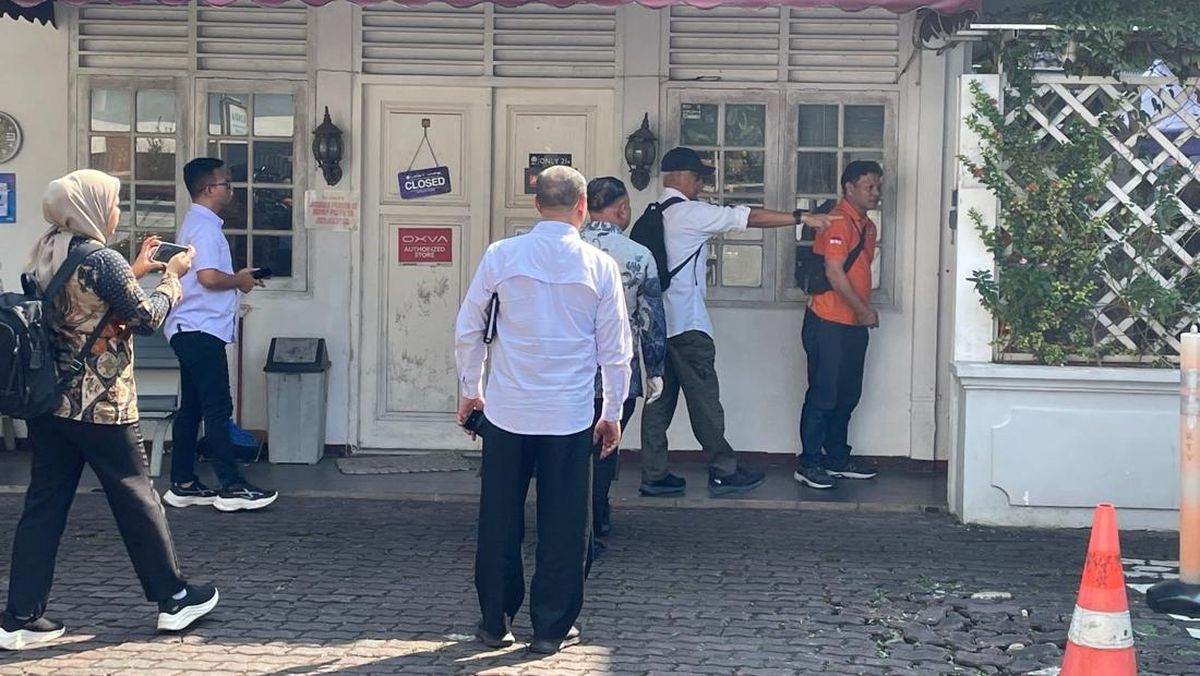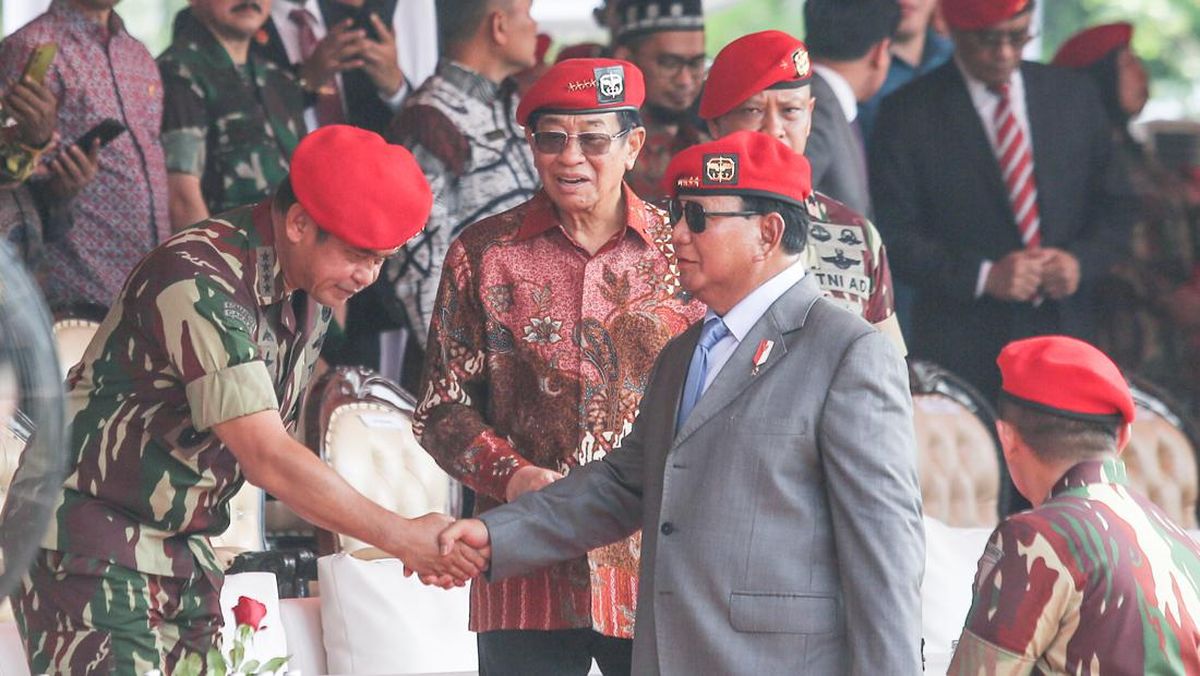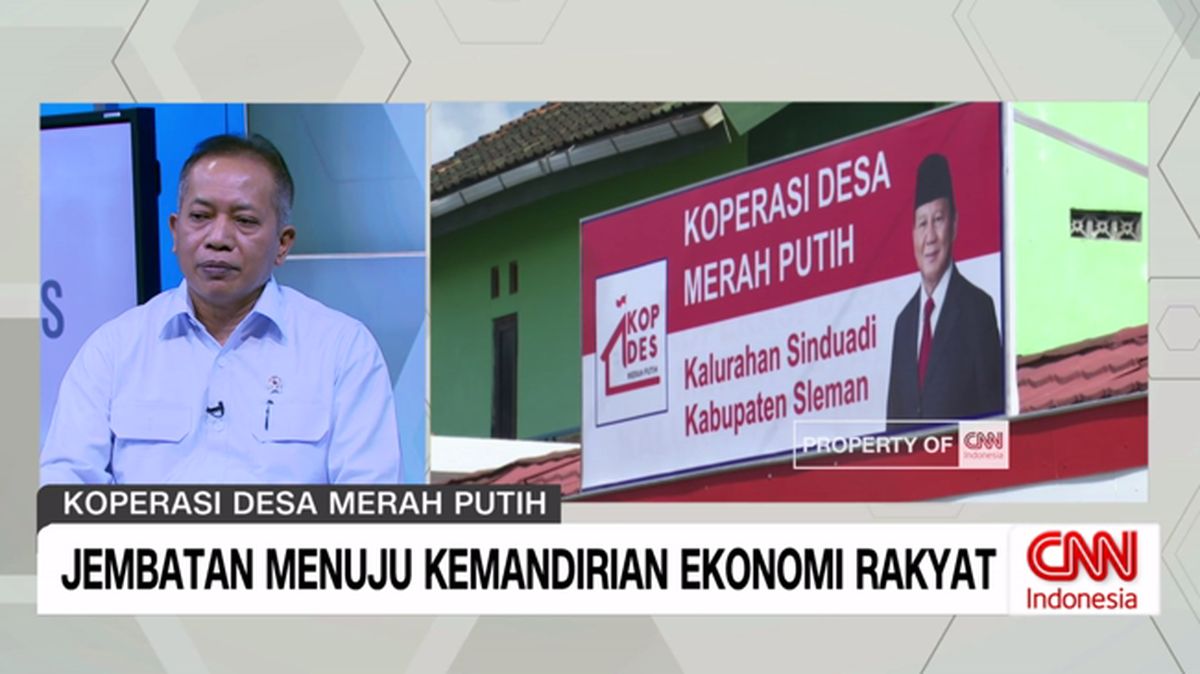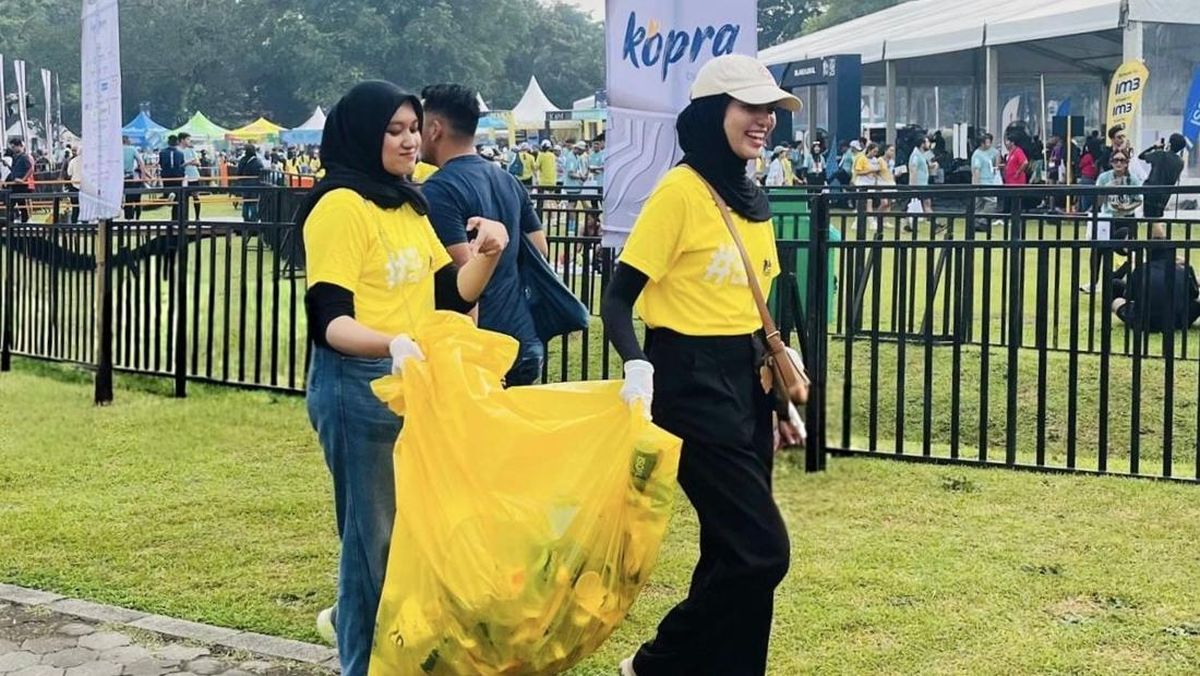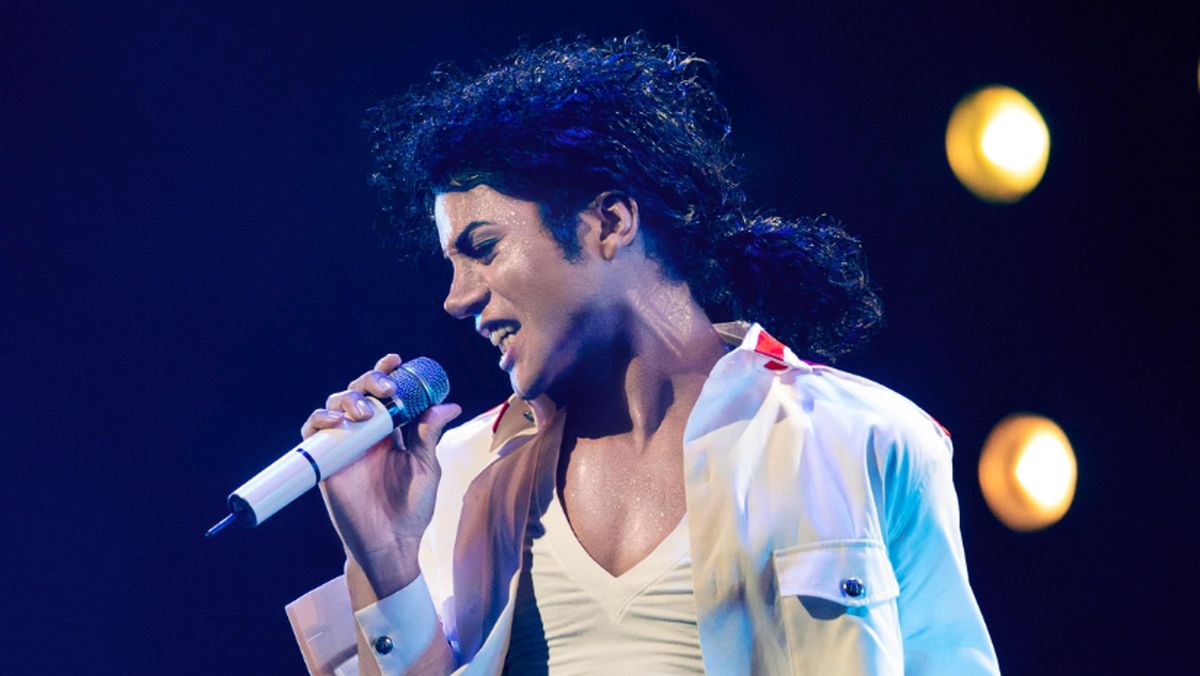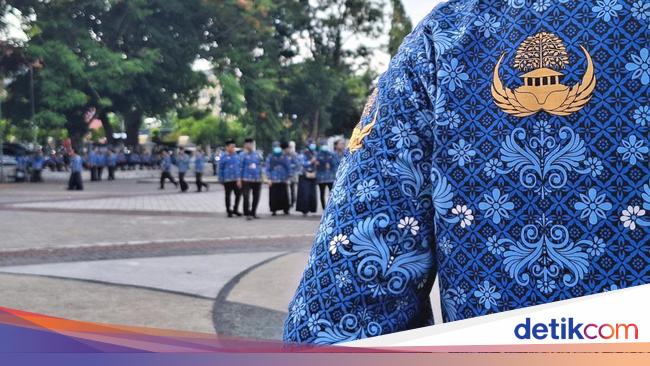It was a costly court fight over the million-dollar estate of an elderly opera aficionado. An aromatherapist who struck up a friendship with the woman stood to inherit everything if she won.
Eva Marie Easton died in September 2021, aged 89. The German migrant made a will in November 2020 naming the Sydney Opera House Trust as sole beneficiary. It was her wish that the funds be used for the promotion of performances of German classical music.

A NSW woman’s 2020 will left her $1 million estate to the Sydney Opera House Trust.Credit: Nathan Perri
The 2020 will superseded a will from 2019, leaving everything to her friend Isabelle Agnes Peacock, an aromatherapist she met in 2004 when she started having monthly massages. Easton’s Australian ex-husband had died years earlier, and she was unaware of any other living relatives.
By about 2009, Easton and Peacock “had developed a good friendship”, Supreme Court Justice James Hmelnitsky said in a decision last year.
“Mrs Peacock would drive Mrs Easton to places she needed to be, such as dental and medical appointments.”
Loading
Easton was diagnosed with cancer and moved to a NSW aged care facility in 2017. Peacock continued to visit.
The elderly woman made a will in December 2017 leaving her estate to a couple with whom she was friends. If they predeceased Easton, everything would go to Peacock.
The court heard Easton became upset when the couple moved to Queensland. She executed a new will in May 2019, leaving her estate to Peacock.
Peacock helped manage Easton’s finances and other decisions under a power of attorney and enduring guardianship, but the arrangement ended in 2020 after the pair had a falling out at the start of the COVID-19 pandemic.
The court heard Peacock was unable to visit Easton for reasons including her lack of flu vaccination. Easton was angry and executed a new will in November 2020, leaving everything to the Opera House Trust. Peacock gave evidence that the pair resumed communication in December.
After Easton’s death, her executor launched court proceedings, seeking orders confirming the validity of the 2020 will and permitting him to distribute the estate.
But Peacock argued Easton lacked capacity to make the 2020 will because of cognitive impairment. She sought orders that favoured the 2019 will.
Hmelnitsky rejected Peacock’s arguments. He found the 2020 will was valid. The estate was estimated at about $1 million, he said in a later decision.
The judge accepted expert medical evidence that Easton’s “capacity to weigh up claims of potential beneficiaries was affected by cognitive impairment”, but did not accept she “lacked that capacity altogether”.
“The 2020 will was about as straightforward as could be. Disinheriting Mrs Peacock was the very thing – the only thing – she wanted to achieve,” Hmelnitsky said.
Peacock challenged that decision in NSW’s highest appeal court and lost.
In a decision this month, Court of Appeal President Julie Ward, with whom Justices Christine Adamson and Michael Ball agreed, said the law did not require that a will-maker “act rationally in the disposition of his or her estate: it requires only that [they] ... be able to reason or weigh up the claims on the estate”.
Ward said a judge was “not bound to accept expert evidence” – in this case, the medical evidence.
Hmelnitsky weighed all the evidence and found Easton understood the significance of making a will; knew what she owned; understood her previous will left everything to Peacock; and “consistently voiced her desire” to disinherit her. The court found no error in his reasoning.
HWL Ebsworth partner Guy Moloney, an expert in wills and estates litigation, said cases examining the capacity of a person to make a will involved a “really intense zeroing in on a person’s capacity” at the time the will was made.
Generally, it involved “two kinds of evidence”: the evidence of “lay observers”, or people who knew the person who made the will “in their day-to-day life”, and expert medical evidence that was either contemporaneous or retrospective.
People “from any orbit of their life” could give evidence about behaviours they observed in the will-maker that might “signal a lack [or otherwise] of ability to function to a degree that would be required to make a will”, Moloney said.
There was retrospective medical evidence in this case from a respected expert, jointly appointed by the parties, who had not met Easton but who assessed the evidence after her death and opined she likely lacked capacity because of cognitive impairment.
However, Moloney said that the evidence, from people who knew Easton, about her behaviours at the time she made the will persuaded the judge she did have the capacity to make it.
This included a nursing home occupational therapist, who said Easton told her “on no less than about 20 occasions” in late 2020 that she did not want Peacock to inherit anything.
Start the day with a summary of the day’s most important and interesting stories, analysis and insights. Sign up for our Morning Edition newsletter.
Most Viewed in National
Loading


